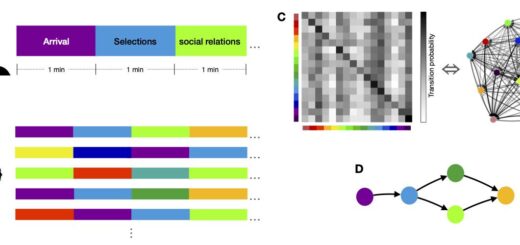Tuesday 24 April 2018 – Bram Vannieuwenhuyze – The ‘Digital Thematic Deconstruction’ of early modern urban maps and bird’s-eye views
Venue: John S Cohen Room, N203
Senate House
Malet Street
London WC1E 7HU
Download a map of the central precinct with directions for getting to the University of London Senate House.
Abstract
Bram Vannieuwenhuyze (University of Amsterdam)
Studying urban origins, medieval and early modern urban morphology and urban development is hardly possible without using and analysing old maps. Although many historians, art historians, archaeologists, geographers, urban morphologist, etc. agree with this statement, they rather seldom proceed to an in depth analysis of cartographic documents. In many publications (e.g. monographs on urban history) old maps are mostly used as ‘nice pictures’, which accompany – meaning illustrate or embellish – the texts. Indeed, scholars from the Humanities still consider texts and words as the primary object of study and medium to communicate their results. Secondly, many of them lack or don’t have access to the appropriate analytic (digital) tools and techniques to study old maps properly.
For my PhD on the urban development and spatial morphology of the medieval city of Brussels, I developed a digital method to analyse early modern figurative and topographic maps, which I called the ‘Digital Thematic Deconstruction’. Afterwards, I used and approved the method together with history students at the Universities of Leuven and Amsterdam. The method starts from the assumption that old topographic and figurative maps are very complex and multi-layered compilations of heterogenic content (the map itself, but also pieces of text, decoration, images, etc.), which have to be analysed profoundly and separately from other kinds of records (texts, iconography, material artefacts, etc.). Briefly worded, the ‘Digital Thematic Deconstruction’ implies a systematic dismantling or redrawing of a qualitative rasterized scan of the old map, followed by a thematic categorisation of all objects in a database by using GIS software. It does not only allow to ‘isolate’ every single detail from the entire image, but also to gain insight in the complex composition and accuracy of the map as a whole. Mutatis mutandis, it allows to study topographic features and morphological layers and patterns of the mapped landscape more properly. The method seems very useful to study, for instance, segregation patterns, building densities and visions on the landscape which are not visible with the naked eye. In sum, the static image is turned into a multi-layered file and research tool, which can be supplemented with other kinds of data.
In this presentation, I will first explain the basic assumptions and methodological principles of the ‘Digital Thematic Deconstruction’ more profoundly. Afterwards, I will show some concrete examples and results, based on my own research and the work of my students on sixteenth- and seventeenth-century urban maps and bird’s-eye views of the Low Countries. Finally, I will demonstrate how the method can also be used for unlocking and making the content of old maps accessible to the general public, by high.
Bram Vannieuwenhuyze (°1980) studied history at Ghent University, where he obtained his PhD in 2008. His research of focuses on the morphology and development of medieval and early modern towns, historical cartography and landscape history. In 2015, he has been named professor by special appointment of Historical Cartography at the University of Amsterdam, a chair established on behalf of the Cartographiae Historicae Cathedra Foundation. He also works as an independent scholar for Caldenberga (www.caldenberga.be).
